 Is the facelifted Jaguar F-type peppy enough (especially in the computerized P form) to compete with the fresh 992 generation 911 Carrera 4C?
Is the facelifted Jaguar F-type peppy enough (especially in the computerized P form) to compete with the fresh 992 generation 911 Carrera 4C?
The Jaguar F-Type is back, with a fresh look and an assortment of new bells and whistles. They, thankfully, could hardly resist to treat him to a pair of new beige trousers and a matching M&S cardigan, although it must have been tough. Okay, there's a bit more of an upgrade than higher would mean (modest engine power, a hike, a new engine, derivatives, new damper parts and some digital instruments), but perhaps not as much as you might imagine is needed to keep the current sports car so far in what is now – wait – eighth year of production.
That's perfectly fair, then, you may wonder, in the field of "new", a series of superb R version of this car in intramural competition with the only-year-old 992 generation Porsche 911? Knowing what we're already doing about the latter - it's a group test winner already and has been highly acclaimed in the UK as the best car for a gunfight driver, don't forget - this is a competition the bravest Brit can win?
Well, it's certainly a curious semantic setting for fresh meat in one of those two tests to take. Usually it's a very recently launched car that comes with all the goodies, but the Jaguar has nothing lighter, faster, and brand new Porsches that can give it a head start on paper here - save, or maybe peak outputs from, its supercharged 5,0- liter V8 engine.
But here's the truth you'll find out by driving these cars a lot and one after the other: there are things the new Jaguar F-Type R P575 all-wheel drive does every bit as well as the Porsche 911 Carrera 4C; there are a few things he does even better, actually. I should add, for the sake of balance, that there are also many ways in which the German is quite clearly superior to the Birmingham. And yet what you're about to read is a contest, trust me, no wimp. The Jaguar, everyone's long toothedness, that new design and interior improvements seek to disguise, and its scream, and for some - maybe even for you - this will be the best car.

Did someone say 'scream'? My ears are still ringing as it happens. The first thing I'm happy to confirm is that Jaguar's range of superb sports car with Welsh-made supercharged V8 engine could outshout almost any 911 road car, this happened within a few hundred meters.
There is a mention of a 'silent' mode in the car's press material, and naturally you're assuming - hearing him growl through the middle of his rev range at full load like a gang of bloodthirsty sousaphone players - that could be a typo. In fact, it's a convenience feature that Jaguar would seem to stand out from aston martin's next rival: it allows you to start your car's engine discreetly on early weekday mornings so as not to shock your neighbors. Or neighbors next door. Or, for that matter, night shifts at your local earthquake early warning monitoring station.
In reality, the 'silent start mode' is nothing more or less a machine running normally setting; if you want it noisy, you just need to select dynamic mode or active exhaust at the loudest setting before turning on the engine (and then, presumably, you're just moving). So it's not even a new button in an otherwise fairly familiar cabin, but some new trim materials (nice matte black door handles, by the way, folks) and new digital instrumentation and infotainment system may have done with a more substantial lift.
Porsche would have been my bet to get my nose up front when these cars were matched as stationary, daily property use prospects, no question. But on every hit the 911 lands, the F-type lands back.
You're a little tight in the Jaguar, it's true, but the seat it offers is softer and more comfortable than the 911 and barely less adjustable or supportive. It also needs marginally less flex and lowering maneuver to slide on.
The Porsche offers more room for your limbs, along with the occasional rear seat for your clunk, better visibility, better driving position, significantly more sophisticated and can be used on scoreboards and infotainment, and a much better perceived quality. The neat look and solid appearance of its switchgear is a cut above and then some.
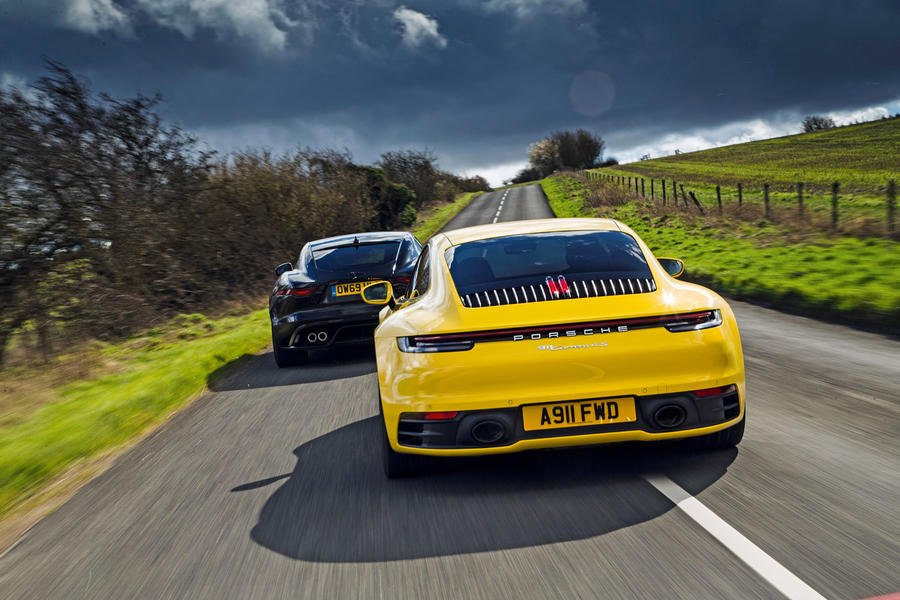
But the Jaguar evokes a warmer and more welcoming atmosphere: its palette of decorative materials is wider and more creative, its atmosphere richer and its tone more luxurious. Of course, there are no rear seats, but a significant load is usually more than any space the 911 has.
And so, if you had to choose one of these cars just for use as a personal vehicle for an indefinite period of time, without thinking about how much fun you can have in the process, I'm not sure Porsche would be an automatic choice. It has been crafted with traditional German precision and attention to detail, so satnav is easier to program and more reliable, and easier to find in the instrumentation mode that suits you best. On the contrary, on one occasion when I pressed a button that I imagined to activate the voice control navigation system on a Jaguar, it all muted the radio. So much for the British tech avant-garde.
But it's the Jaguar that does better for sophistication and rolling comfort – and that means it'll double as better as the Grand Turismo part-timer. The Porsche is noisier to ride than the Jaguar (on these optional mixed-size RS Spyder design 20/21-inch alloys and optional PASM modes, the sports suspension is lowered, admittedly), and it lacks a bit of the springy agility that tends to characterize the mid-range. 911 options. He only reads that there is too much information from the road surface for the ideal daily comfort being driven, one might say. The Jaguar, on the other hand, can be made bold and reactive over uneven ground, but is quieter and better isolated than most others. The Porsche, being a rear-engined 911, is also naturally less stable at high speeds than a Jaguar and is easily broken by camber and crosswinds, both of which play an important role in determining how wear it can be used.
Not that the 911 is still capable of wandering quite far off course – as some might say, the storytelling thread of this test has already been. Hands up, you got me: Not many people buy sports cars for their levels of sophistication and luxurious rich feel in their interiors. It's entirely possible that I've been finding reasons, so far, to reward extra credit for a charming and likeable British variant that - you guessed it - doesn't quite match even a rather sub-optimally equipped 911 for driver appeal. It's a shame, not exactly a shock, but if you don't do it right, you never know.
There's just a little too much F-Type R to allow it to hit the same dynamic heights as a Porsche or to impress its driver so clearly at low speeds and high. It has too much power, too much weight and, at least on this tester, sometimes too much, the mechanical grip, traction and lateral stiffness needed to wire the above and move it around to be good for a car of broad sporting appeal. It may have re-tuned the suspension and a better rear-axle position, but the F-Type R remains an overweight, surly scorcher that you guide with plenty of concentration and a little wary hand.

On the contrary, the 911 is immediately more communicative, and can be coaxed more precisely and instinctively than the F-type. It's easier to drive fast and feels more special when driven slowly - although, it must be said, the seductive hum of the Jaguar engine is special too.
And what engine. If only it came with handling equal to its sonic drama. Some Porsche TV-sixes might be able to compete with big V8s like the F-type for a sound mark (and the one in the car in our little two-seater test gets pretty close, by the way), but modern twin-turbocharged ones don't. The waves of the 5,0-litre are no better than gargling majestically from 3500rpm to 5000rpm at full throttle and then crackling after rising, as if the music had just stopped for fireworks.
But before you've learned how to keep the Jaguar's gearbox in manual mode to prevent it from having to shift regulations before it can react consciously to any lug force, you'll find in Porsche a combination of twin-turbo flat-six and an eight-speed dual-clutch automatic. a gearbox that is more likely to be in the right gear and ready to go when you need it to be. The Jaguar engine is a wonderful treat when at its best, but it's less consistently shiny than a Porsche.
Exactly the same remark can be made about the respective chassis of these cars. The Jaguar gets into fine free stride when the conditions suit her, when the folds are quicker and smoother, and there's a bit of room to give the engine its head and feel the rear axle squirm gently with such a load. It starts to sit hard on the dampers when the ground gets stiffer though, and especially in dynamic mode.
Meanwhile, a sense of slightly muted elasticity and tactile conformity is evident in the steering, which doesn't bother you as much when you're sparking more gently around curves, increasingly becoming a hindrance when you're constantly turning this way and that.
The Porsche drives great; you feel as if you can correct the car's course in mm and if you know the instantaneous front side loads every time you turn on the rims. It's not fast and loose like a jaguar, but from the drivetrain and chassis, it produces that super-responsive and quite progressive sense of balance. It's suitable for any road or track and will make you guess its weight advantage over its rival was bigger than it really is.

And it always assumes. It may be a well-worn road test cliché, but while the Jaguar feels like it's in conflict with the surface below you and the physics acting on it, the Porsche engages you in a fascinating, enlightening conversation with both. Want to go faster? That's what they seem to say. Fancy another line and vice versa, what's the curve of yours? Make your choice.
It must be a fearsomely daunting task for any automaker to beat the driver of a car as dynamically versatile and performed as the current 911. For all its small victories, the F-Type R fell some short cut down the line. There was one car we had with us on the trip that didn't -- not that Weissah needed to worry, because as it happened, he took the Porsche to beat the Porsche.
And Weissah doesn't worry for a moment, anyway, of course, because as much as the F-type feels like his race is about to run, we all know that 992 is just getting started. It's only turbo and GT3 not so long after that, so they say. Yes, very much, please be my answer.
718 vs 911: should you go small or big?
Critics of the newest Porsche 911 argue that it has become too big, too soft, too heavy and too complex to quite work as flawlessly as any holiday sports car of its best predecessors had. At times, I've agreed with some of what I've read about it, though only because I know what some of those predecessors were. So, will the 911's status as a defining Porsche driver's car be ripe for the succession of at least the 718, with its return of six-cylinder engines?
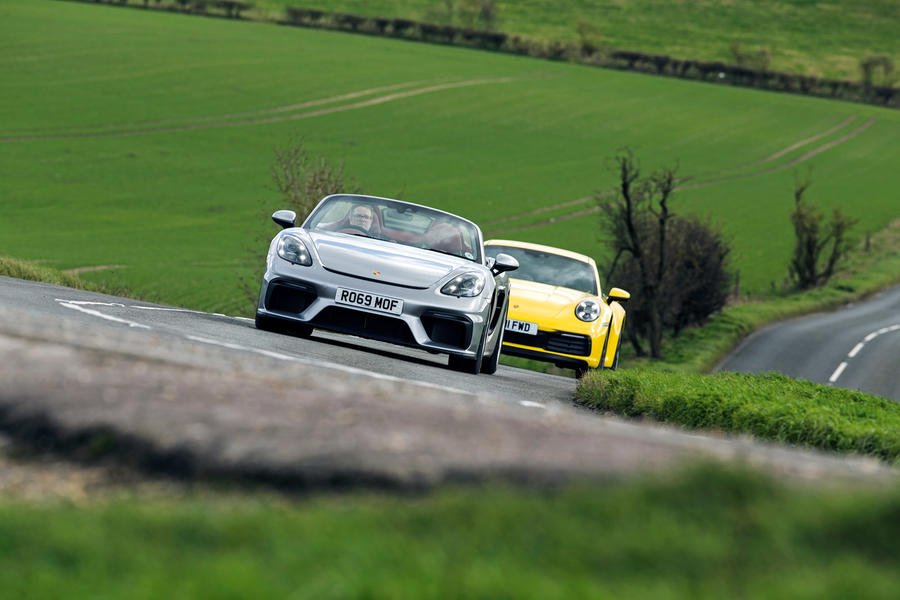
I thought so. But then the Cayman GT4 we have in the best driver's car of 2019 doesn't rest on the Anglesey circuit in much the same way as the 992-generation 911 Carrera S. Issue settled, then? Not for me, I'm afraid. It's still lingering like a bad smell.
Leaving a trail, let's go into the equation, if only for the sake of argument, can the six-cylinder 718 Spyder beat the 911 Carrera 4C now for mixed road appeal? This is a less weighty question than the one I intended to answer, but now I would say that the better 718 car is better than the driver, determined strictly in those road conditions.
There are for obvious reasons: at the moment, you can't buy a 911 with a manual transmission and not yet the extraspecial, naturally aspirated flat-six that the GT department has already signed up for. The 718 Spyder is every reminder you need that the 911 is out in both respects: its engine is fantastic (albeit curiously long gear ratios to wade through), it sounds incredible as it goes through 5500rpm and has crispness and linearity in its delivery that turbochargers simply can't replicate.
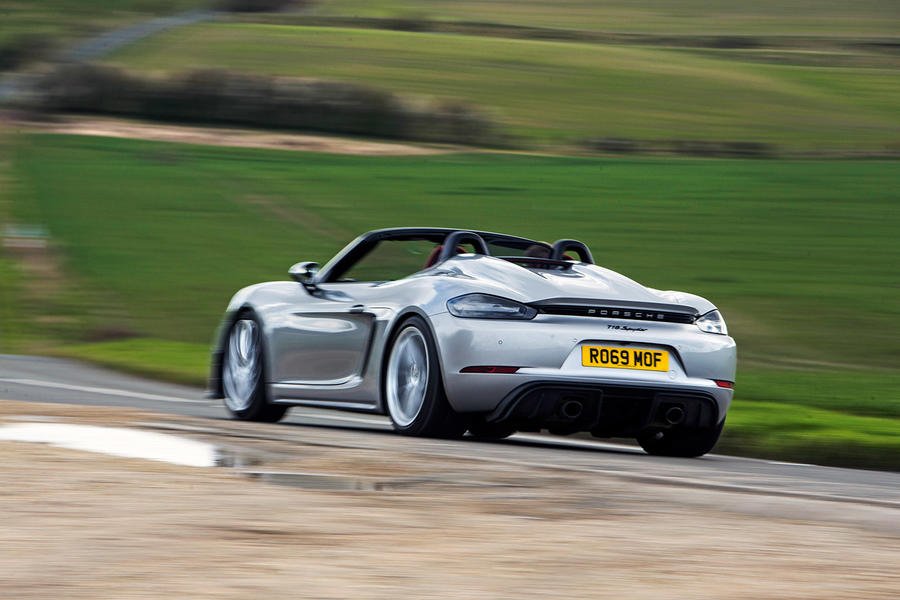
The ride and handling of the 718 doesn't exactly match the 911's in complexity and character. Driving them back to back is a bit like comparing Heath Ledger Joker to Joaquin Phoenix: in 911 like Phoenix, just moving on. But it's close enough to give small cars the go-ahead, albeit in an incomplete and dishonest exercise. Now it's 718 I would. Which, I'm afraid, will settle exactly nothing.
Previously owned power plants for the price of a new 911 or F-type
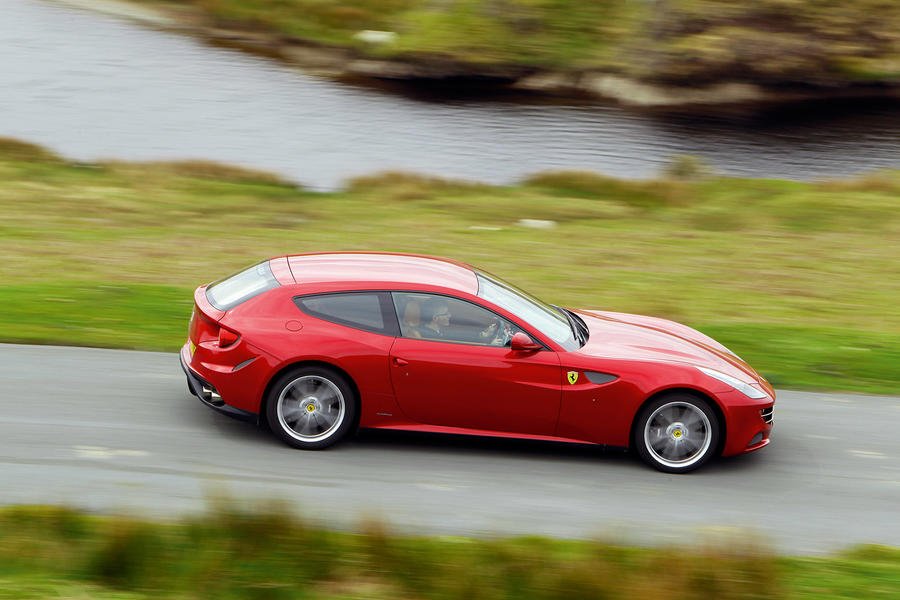
Ferrari FF: FF's concept of a four-seat, four-wheel-drive Ferrari is acceptable and paved the way for the heavily impressive Lusso GTC4. A remarkable 651bhp B12, 208mph and 0-60mph in 3.7sec means it's no slouch. Also the hatchback and folding rear seats are therefore a must for Courchevel. Buy around £100k.
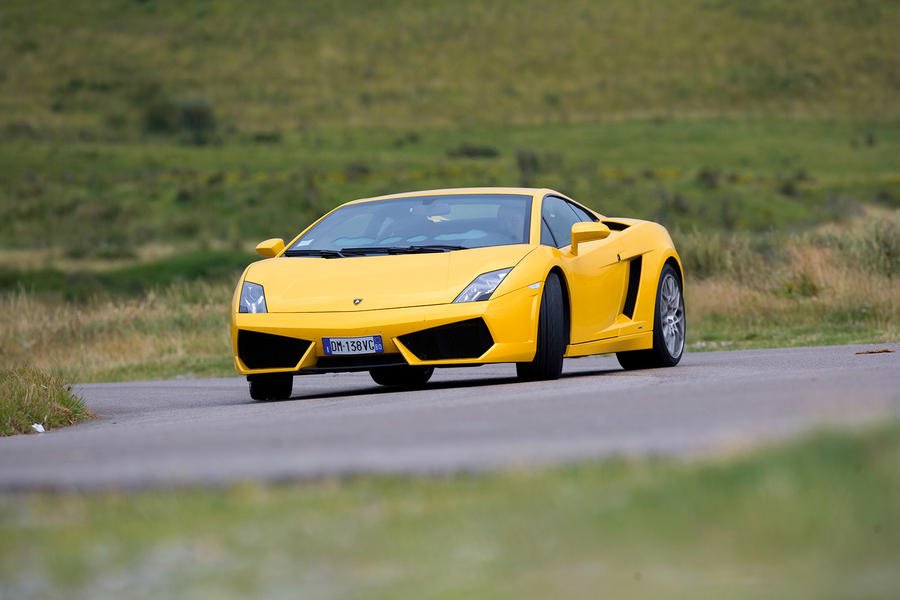
Lamborghini Gallardo LP560-4: true, the LP560-4 will feel old-fashioned next to the ultra-modern 911, but Gaillard has just added a sense of drama that the evergreen but constantly updated Porsche just can't muster. Despite the new price of around £200k, you can now pick up this V10-powered Italian monster for just 90k.
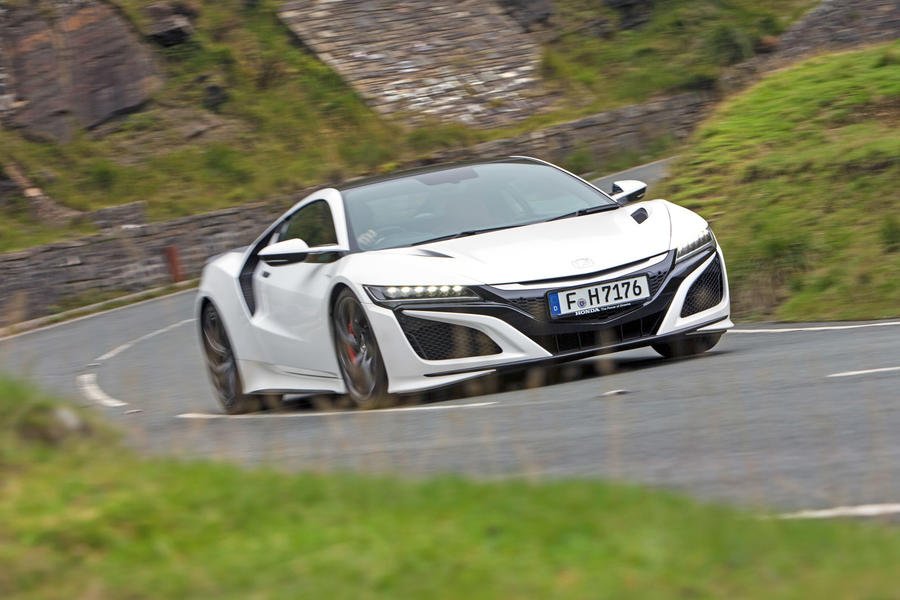
Honda NSX will: soon even a supercar won't be immune to electricity. The smart people at Honda know this, and why the current NSX is a hybrid marvel with three electric motors assisted by a twin-turbo 3,5-liter V6, giving an output of 573bhp. Expect to pay £90K in a 2017 example with minimal mileage.
MORE DETAILS
Jaguar Land Rover invests £1bn in three new UK-built EMUs
Behind the scenes of special operations Jaguar Land Rover car
2020 Jaguar XJ: latest images show electric supercar









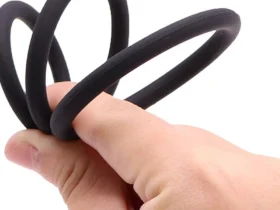







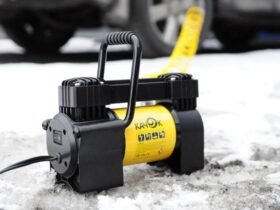

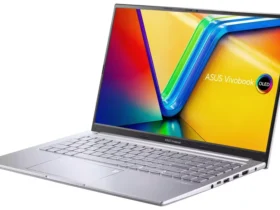
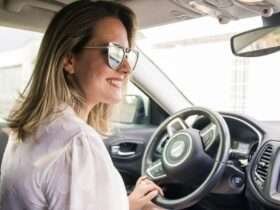
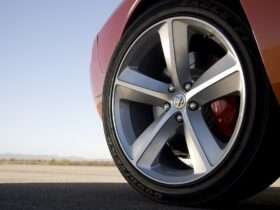
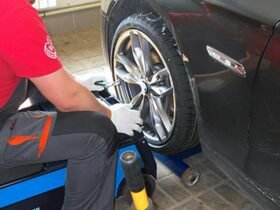

REPLY